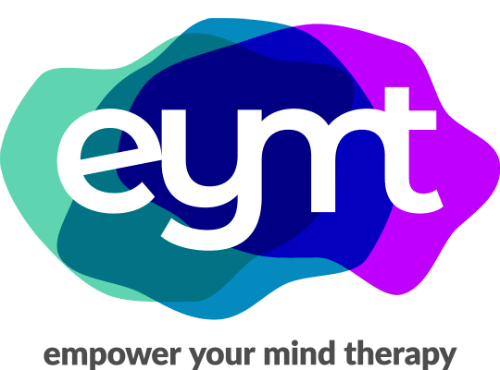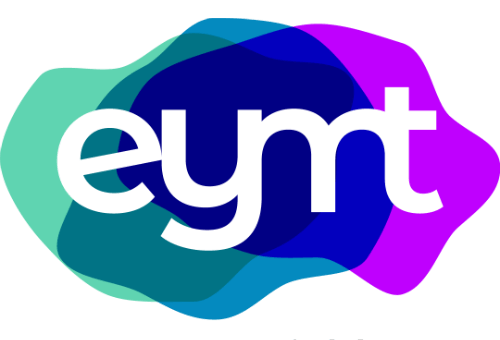Ready for more tips on challenging distorted thinking and cognitive distortions? This week we’re focusing on how to modify negative assumptions.
What are Cognitive Distortions?
A review: cognitive distortion is a way in which our mind convinces us of something that isn’t true or has no real basis in reality.
Types of cognitive distortions include:
- All or Nothing Thinking
- Overgeneralizing
- Mental Filter
- Disqualifying the Positive
- Jumping to Conclusions
- Magnification (Catastrophizing) and Minimization
- Emotional Reasoning
- Should/Must Statements
- Labeling
- Personalization
Each one of these distortions operates within its own unique pattern, but while the specifics vary, they tend to boil down to: our thoughts operating on false assumptions.
For example: if you go on a job interview and it goes poorly, you assume you are bad at job interviews. Rather than accepting this as an individual experience to learn from you overgeneralize based on an assumption. Or, someone takes a while to text you back, so you assume they don’t like you anymore. This is jumping to a false conclusion based on an assumption.
Both of these are examples of cognitive distortions. And overgeneralizing and jumping to conclusions aren’t the only types of distortion influenced by false assumptions. At the core of cognitive distortions is a foundation of making decisions, carrying out thought patterns, and having emotional reactions based on false assumptions.
Learning to modify these assumptions as they appear can help to reduce the influence cognitive distortions have in your life. And in doing so you will find you are less irritable, less insecure, and more open minded, even when faced with challenges or obstacles.
So how can we begin fixing negative thinking and assumptions?
-
Make a list of your current assumptions:
What assumptions are you likely to make? Look at the examples above. When you don’t hear from someone, do you assume it’s because they hate you? When you do poorly in an interview, do you assume you will always do poorly? When you experience trouble at work, do you assume it’s because you’re not smart or qualified enough to handle what you need to? Give an example of an obstacle + the negative assumption you would make when you experience it.
-
Make an alternative assumption list:
Once that list is made, take the examples of the situations you gave and write them out again. But instead of assigning your previous negative assumption to it, come up with 1-3 alternative assumptions or explanations. Find ones that challenge the assumption you already had. Because your initial assumption is based in feeling rather than fact, imagine you are hearing your friend talk about a similar situation–what would you assume about the problem then?
-
Practice this in action:
You won’t be able to brainstorm every negative assumption you will ever have in those two lists. But you can take the basic format of the exercise and practice it in action when you find your negative assumptions cropping up.
For example: if you are out with your friends and you see someone is not having a good time, you may jump to “”what have I done to make them not enjoy the night?”” Assuming you are personally responsible for their mood shift however probably does not have any basis in fact or reality. When you have that initial reaction, instead of grabbing onto it, let the assumption go. Ask yourself “”what are the other possibilities?”” Maybe your friend doesn’t feel well, maybe they got an ill-timed text message, maybe they had a bad day at work. ”
“Making assumptions simply means believing things are a certain way with little or no evidence that shows you are correct, and you can see at once how this can lead to terrible trouble.” -Lemony Snicket



